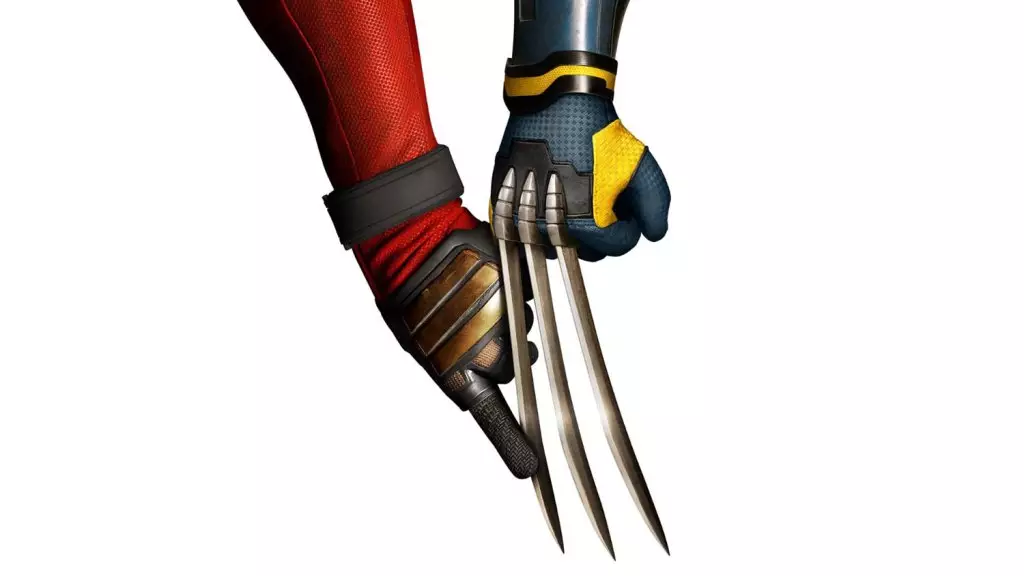Disney CEO Bob Iger recently announced a shift in the studio strategy for Marvel movies, stating that the company will limit its output to “two good films” a year, with three being the maximum. This decision comes after a string of high-profile misses that has led to speculation about “superhero fatigue.” In addition, Iger revealed that the number of TV series spinoffs for the Marvel franchise will also be reduced, from four series a year to two.
The decision to decrease the output of Marvel movies and TV series is a departure from the previous strategy of increasing volume. Iger emphasized the importance of focusing on quality over quantity, stating that he is “working hard with the studio to reduce output and focus more on quality.” This move reflects a growing awareness of the need to strike a balance between sequels and original content.
Iger noted that while there is value in sequels, Disney is also committed to producing original content. He pointed out that sequels benefit from the recognition of existing properties, requiring less marketing effort. However, he defended the importance of original films, citing the success of previous original animations and highlighting upcoming projects such as Thunderbolts and new installments of Captain America and Avengers.
The decision to shift focus towards more original content reflects a strategic move by Disney to diversify its offerings and appeal to a wider audience. This approach is in line with the current trend in Hollywood towards creating fresh and innovative content that resonates with viewers.
While Disney’s decision to reduce the output of Marvel movies may be welcomed by fans craving more original content, it poses challenges for the exhibition and theater industry. With fewer releases overall, theaters may struggle to attract audiences and return to pre-Covid levels. The reduced Marvel output could have a ripple effect on the industry as a whole, leading to decreased revenue and attendance for theaters.
In addition, the shift in strategy towards producing more original content may impact Disney’s film studio results. The company noted lower theatrical distribution results in the previous quarter, with no significant titles released compared to the prior-year quarter. This transition period may result in higher film cost impairments in the short term, but Iger remains optimistic about the studio’s profitability in the long run.
In addition to the changes in Marvel output, Iger mentioned plans to explore the 20th Century Fox content library for potential new projects. While he stated that Disney will not necessarily rely heavily on existing properties, they will continue to consider opportunities for new adaptations and sequels. Projects such as Alien: Romulus, Avatar 3, and potential new installments of Planet of the Apes are in the works, pending the success of current and future releases.
Overall, Disney’s strategic shift towards producing fewer Marvel movies and focusing on quality over quantity reflects a commitment to delivering fresh and engaging content for audiences. While this decision may have short-term implications for the exhibition industry and Disney’s film studio results, it sets the stage for a more diverse and innovative approach to storytelling in the future.

